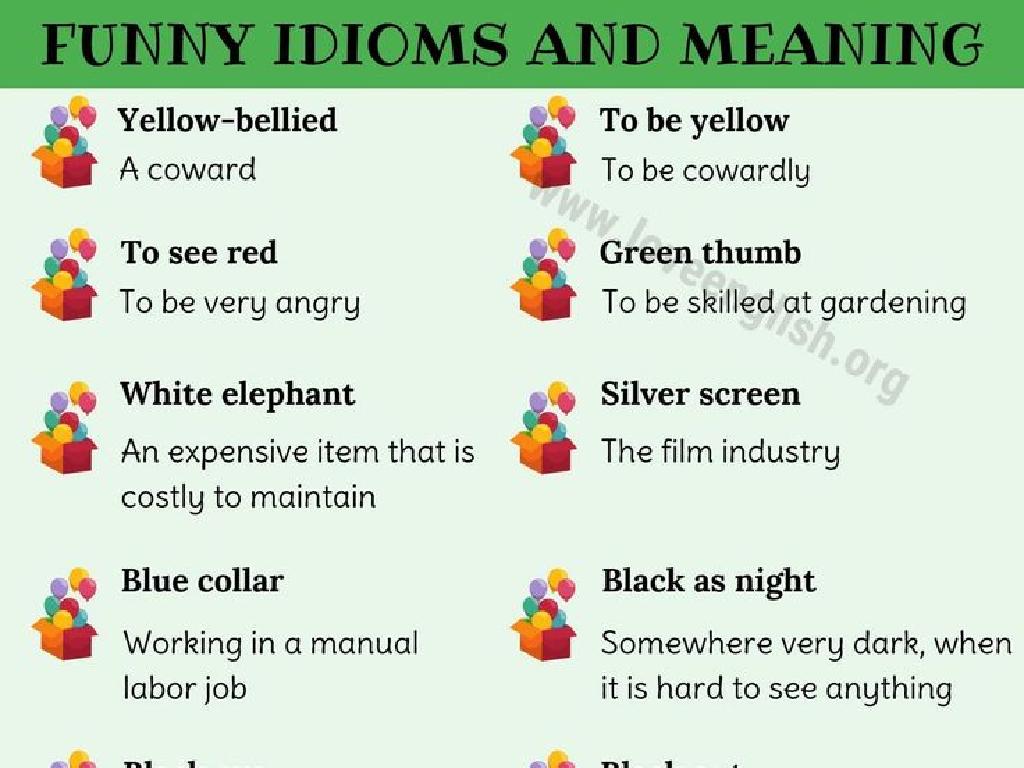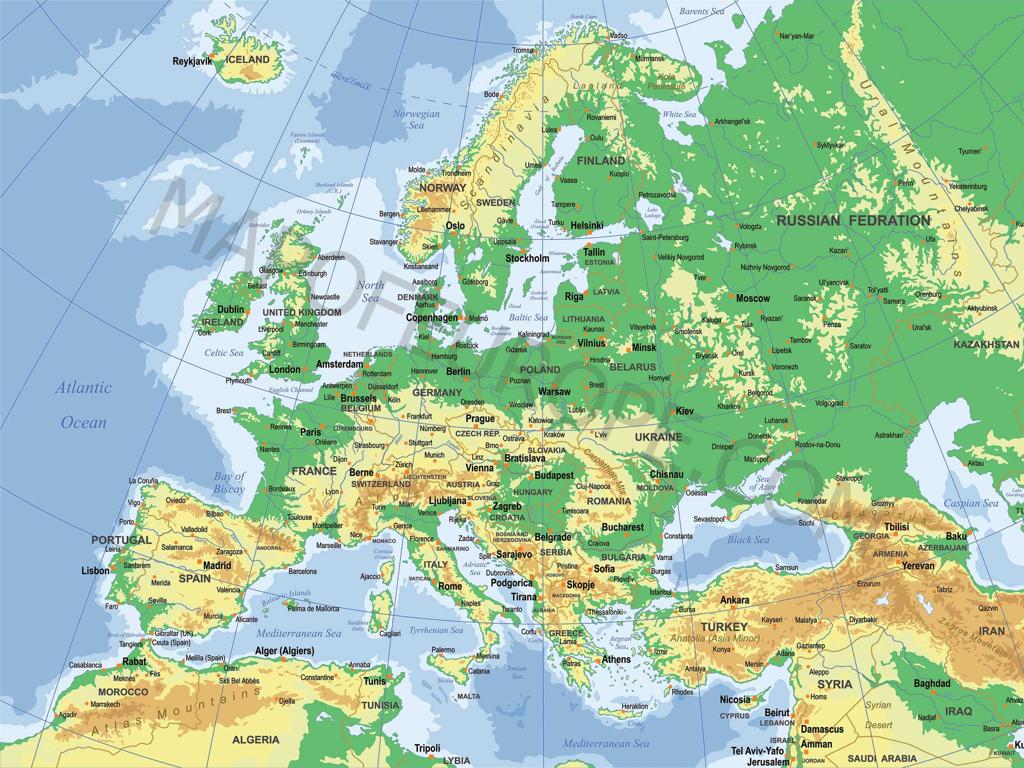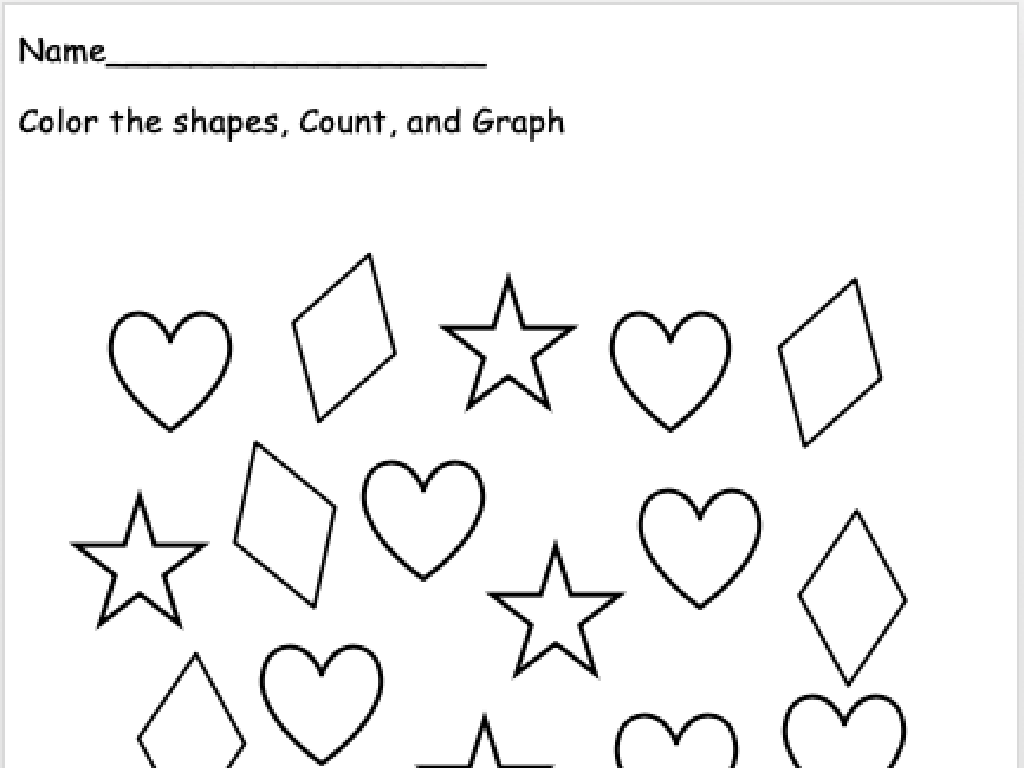Are There The Same Number?
Subject: Math
Grade: Pre-k
Topic: Compare Groups
Please LOG IN to download the presentation. Access is available to registered users only.
View More Content
Are There the Same Number?
– Greet our young mathematicians
– Today’s fun with numbers!
– Finding equal groups
– Look for groups with identical counts
– Can we match the item counts?
– Use toys or blocks to compare quantities
|
Welcome students to the class with enthusiasm to set a positive tone for learning. Today’s lesson is about understanding the concept of equality in terms of quantity. Encourage the children to think about groups of items and whether they have the same number of items in them. Use hands-on activities with toys or blocks to help them visually compare and match groups with equal numbers. This will help develop their early math skills in counting and comparing quantities. Make sure to walk around the classroom to assist and praise the students as they engage in the activity.
Understanding ‘The Same Number’
– ‘The Same Number’ explained
– It means two sets have equal items.
– Counting items in groups
– Matching groups with equal items
– Find two sets that have the same count.
– Examples of equal groups
– Like 3 apples and 3 oranges, or 4 cars and 4 dolls.
|
This slide introduces the concept of equality in terms of quantity to Pre-K students. Begin by explaining that ‘the same number’ means two groups have an equal count of items. Use tangible examples like toys or fruits to illustrate this point. Encourage the students to practice by counting items in two different groups and determining if they are the same. Provide visual examples of equal groups, such as a set of blocks that matches the number of toy cars. During the class, engage the students with hands-on activities where they can group items and compare quantities to reinforce the concept of ‘the same number’.
Matching Game: Do They Match?
– Let’s play a matching game
– Match items from two groups
– Can one item match with another?
– If every item has a pair, it’s a match
– Do both groups have the same number?
– No leftover items means equal groups
|
This activity is designed to help Pre-K students understand the concept of quantity comparison by matching items from two groups. Set up pairs of objects in two groups and ask the children to draw lines connecting each pair. If each item from one group can be matched with an item from the other group, then the two groups have the same number of items. If there are leftovers in one group, they have different numbers. This visual and interactive approach helps young learners grasp the idea of equal quantities. For the activity, consider using colorful and familiar objects like blocks, stickers, or toy animals. Encourage the children to explain their matching process to develop their verbal skills and understanding of the concept.
Comparing Numbers: Are They the Same?
– Count items in two groups
– Count items like blocks or toys in each group
– Use fingers for counting
– Each finger represents one item
– Are both groups equal?
– After counting, compare the numbers
– Practice with different items
|
This slide introduces the concept of comparing quantities to Pre-K students. Start by explaining that counting helps us figure out if two groups have the same number of items. Demonstrate counting with fingers, as it’s a relatable tool for kids. Encourage the students to count items in two different groups and then use their fingers to keep track of the numbers. Ask them to compare the counts to see if they are the same. Provide various items like blocks, crayons, or stickers for the students to practice with. This activity will help them understand the concept of equality and number comparison in a tangible and interactive way.
Comparing Groups: Do They Have the Same Number?
– Observe different item groups
– Count items in each group
– Use fingers or marks to count items
– Compare numbers of items
– Do both groups have the same count?
– Identify groups with equal numbers
– Groups with the same count are equal
|
This slide is aimed at helping Pre-K students understand the concept of comparing quantities by counting items in different groups. Start by showing them groups of items, such as blocks, stickers, or fruits. Encourage the children to count the items in each group, using their fingers or making tally marks on a piece of paper. After counting, guide them to compare the numbers they’ve counted and identify which groups have the same number of items. Reinforce the concept that groups with the same number of items are equal. This activity will help develop their counting skills and their ability to compare quantities.
Using Our Eyes to Compare Numbers
– Use sight to compare groups
– Can we spot equal numbers?
– Look at two groups: Do they have the same amount?
– Let’s try comparing together
– We’ll practice with fun items like toys or fruits
– Visual comparison is quick!
|
This slide is aimed at teaching Pre-K students the concept of comparing quantities visually without counting. Start by explaining that sometimes, we can use our eyes to see if two groups have the same number of items. Encourage the children to look at groups of objects and guess if they are the same or different. Use simple and relatable items like blocks, fruits, or toy cars for comparison. Make it interactive by asking the students to participate in group activities where they can practice this skill. Reinforce that it’s okay to make guesses and that this is a step towards learning how to compare numbers.
Class Activity: Pair Up!
– Find pairs among the items
– Pair every item on your desk
– Check if each item has a friend
– Same number means everyone’s paired
|
This activity is designed to help Pre-K students understand the concept of pairing and matching items to compare quantities. Set up the classroom with various items on each desk. Instruct the students to pair each item with another similar one. If every item has a ‘friend,’ then the two groups have the same number of items. This hands-on activity will help them visually and physically grasp the concept of equal quantities. For differentiation, some students can have more complex items or larger quantities to match, while others may work with simpler or fewer items. Encourage students to articulate their thought process and conclusions about whether the groups have the same number of items.
Celebrating Our Comparison Skills!
– Great work on group comparison
– Matching items means equal numbers
– If every item from one group has a pair in the other, they’re equal.
– Applaud yourselves, math stars!
|
This slide is meant to conclude the lesson on comparing groups by reinforcing the key concept that if each item in one group can be matched with an item in another group, then the two groups have the same number of items. It’s a celebration of the students’ effort and understanding. Encourage the children to give themselves a round of applause to boost their confidence and associate positive feelings with their learning experience. This positive reinforcement helps to instill a love for math and learning in general. You can also use this opportunity to recap the day’s activities with the class, highlighting the successful moments and any interesting observations made by the students.






